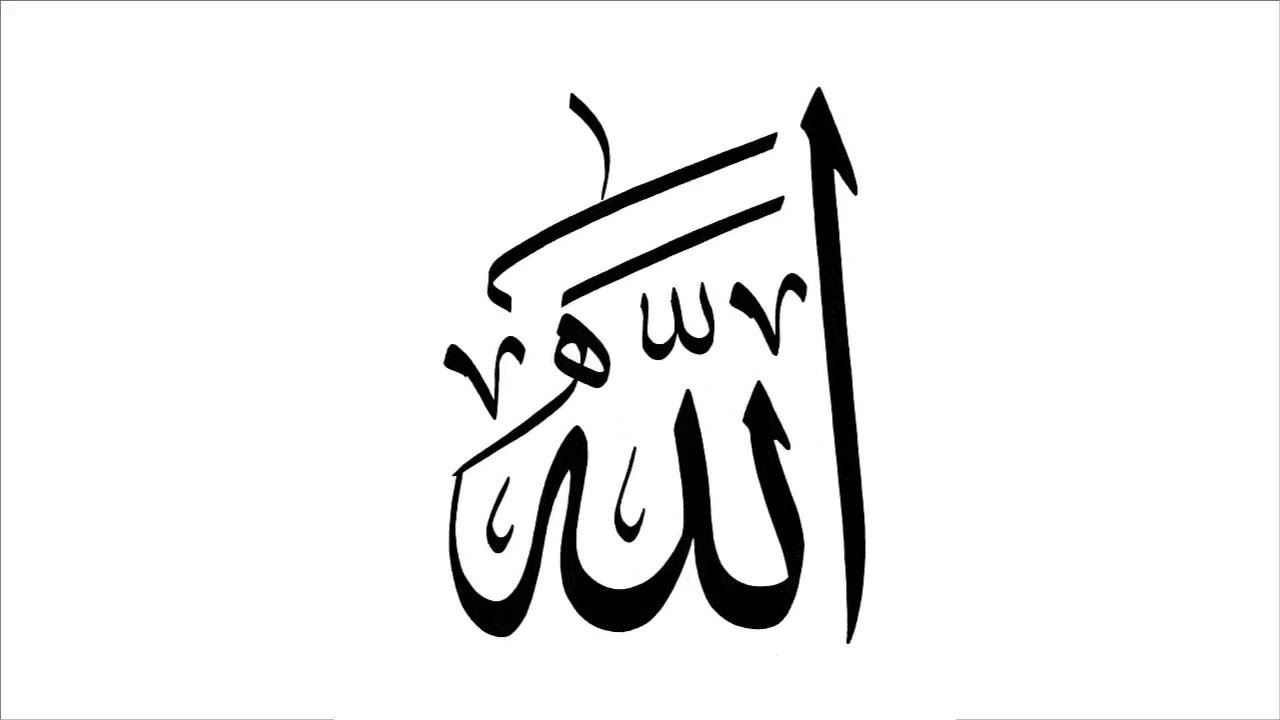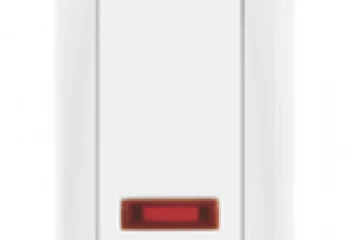Islamic art has long been celebrated for its intricate beauty, and one of its most revered forms is Allah names calligraphy. This timeless art connects the physical and the spiritual, using the divine names of Allah to create masterpieces that inspire devotion, reflection, and inner peace. More than mere decoration, this calligraphy is a meaningful representation of faith, culture, and sacred expression.
What is Allah Names Calligraphy?
Allah names calligraphy refers to the artistic writing of the 99 names of Allah, known as Asmaul Husna in Arabic. Each of these names represents one of Allah’s attributes, such as Ar-Rahman (The Most Merciful) or Al-Hakeem (The All-Wise). These names are written in beautiful Arabic script, often by skilled calligraphers who use traditional tools and techniques to bring spiritual elegance to paper, canvas, or wall surfaces.
This art is not only visually appealing but also deeply spiritual. Displaying these divine names in homes, mosques, or workplaces serves as a constant reminder of Allah’s presence and guidance in daily life.
The History and Significance of Islamic Calligraphy
Islamic calligraphy developed alongside the spread of Islam. Since images of divine beings are discouraged in Islamic tradition, calligraphy became a powerful alternative to express religious devotion. Over centuries, styles such as Kufic, Thuluth, and Naskh were developed, each with its unique flow and form.
Within this tradition, Allah calligraphy holds a special place. Artists meticulously design the names to highlight the beauty of the Arabic script while ensuring the reverence of the content. It is an art form that demands both technical skill and spiritual awareness.
Styles and Materials in Allah Calligraphy
Allah names calligraphy is available in various styles and mediums. Traditional artworks are done with ink on parchment, while modern pieces may use acrylic on canvas, wood carving, or even metal engraving. Some popular styles include:
- Kufic: Angular and geometric, often used in early Islamic texts
- Thuluth: Elegant and flowing, ideal for large compositions
- Diwani: Complex and decorative, often used for ceremonial pieces
Artisans may add embellishments such as gold leaf, floral motifs, or geometric patterns, enhancing the visual appeal without distracting from the sacred words.
Why Choose Allah Names Calligraphy for Your Space?
Adding Allah calligraphy to your living or prayer space offers both aesthetic and spiritual benefits. It creates a serene atmosphere and serves as a daily source of motivation and reflection. Here are a few reasons why this art form is cherished worldwide:
- Spiritual Connection: Each name reflects a divine attribute, helping believers deepen their relationship with Allah.
- Cultural Identity: It represents a rich Islamic heritage passed down through generations.
- Elegant Decor: Whether modern or traditional, the artwork adds grace and depth to any room.
- Gift of Meaning: It makes a thoughtful gift for weddings, housewarmings, or religious celebrations.
Where to Buy Authentic Allah Names Calligraphy
With the growing interest in Islamic art, many platforms now offer Allah names calligraphy in various formats and price ranges. Look for authentic, handcrafted pieces by artists who understand the religious significance of the work. Many online stores specialize in Islamic decor, offering worldwide shipping and customization options to suit your needs.
Before purchasing, consider the size, style, and background of the piece to ensure it complements your space and beliefs. Remember, this is more than art—it is an act of remembrance and devotion.
Caring for Your Calligraphy Artwork
To maintain the beauty and integrity of your Allah calligraphy, follow these care tips:
- Keep it Clean: Dust regularly with a soft cloth to prevent buildup
- Avoid Moisture: Keep artwork away from humid areas to prevent damage
- Proper Framing: Use acid-free materials and protective glass to preserve ink and paper
- Respectful Placement: Display the artwork in a clean, respectful area away from foot traffic or clutter
Caring for Islamic calligraphy is an act of respect not only to the art but to the names it represents.
Allah Names Calligraphy in the Digital Age
In today’s digital world, Allah names calligraphy has expanded beyond traditional walls. Mobile wallpapers, digital prints, and NFTs now offer new ways to appreciate this sacred art. Artists can reach a global audience and experiment with new styles while maintaining the spiritual essence of their work.
Digital versions are especially popular among younger Muslims looking to integrate faith with modern aesthetics. Despite changing mediums, the message remains constant—celebrating the beauty of Allah’s names.
Conclusion
Allah names calligraphy is more than an artistic expression—it is a celebration of divine truth, beauty, and presence. Whether displayed on a canvas, carved into wood, or digitally printed for your devices, this form of Islamic art connects the heart to the Creator. Incorporating Allah calligraphy into your surroundings is a graceful reminder of the attributes of Allah, offering both inspiration and serenity. By appreciating and preserving this tradition, we honor not just the art, but the divine meaning behind every stroke.



